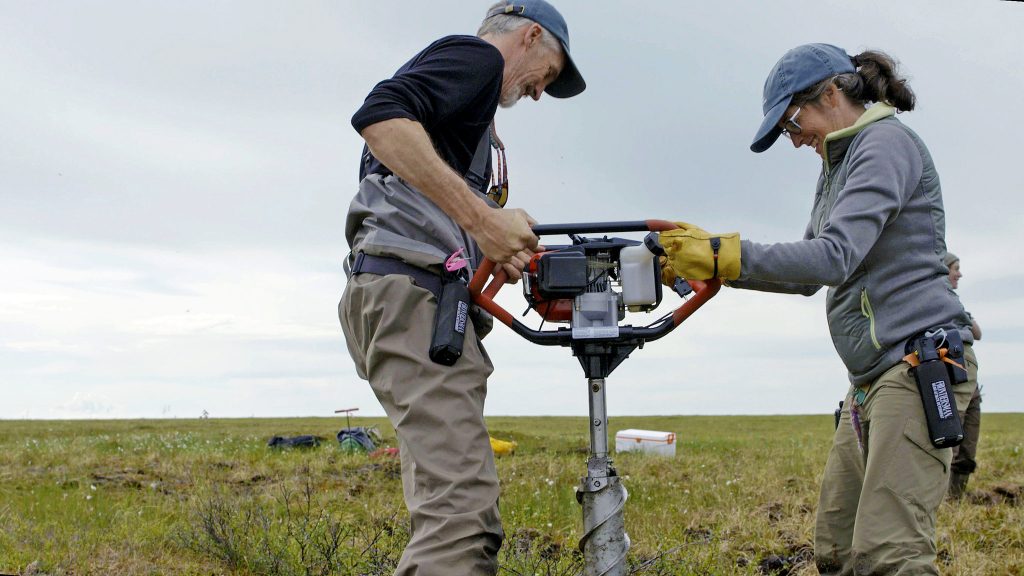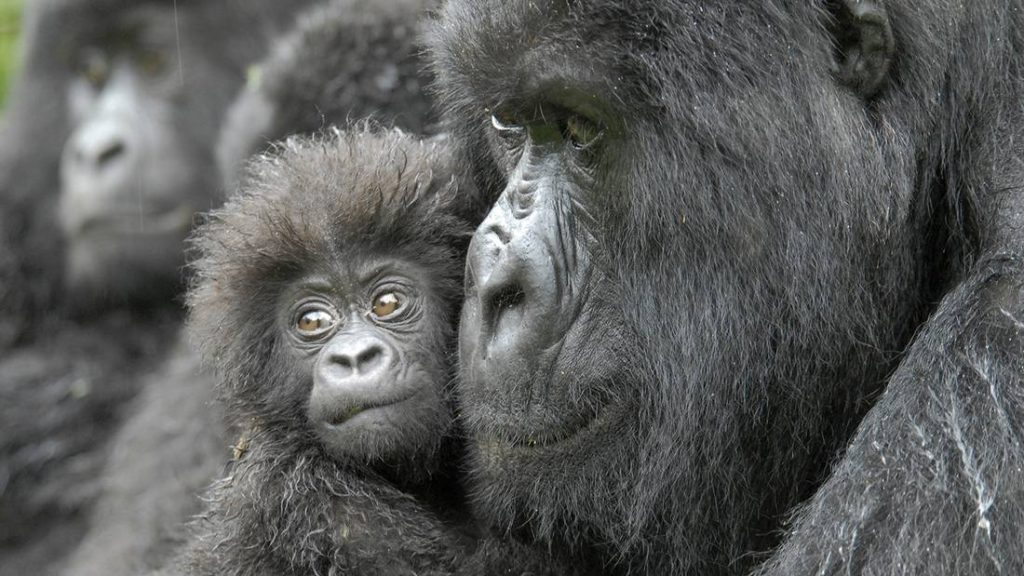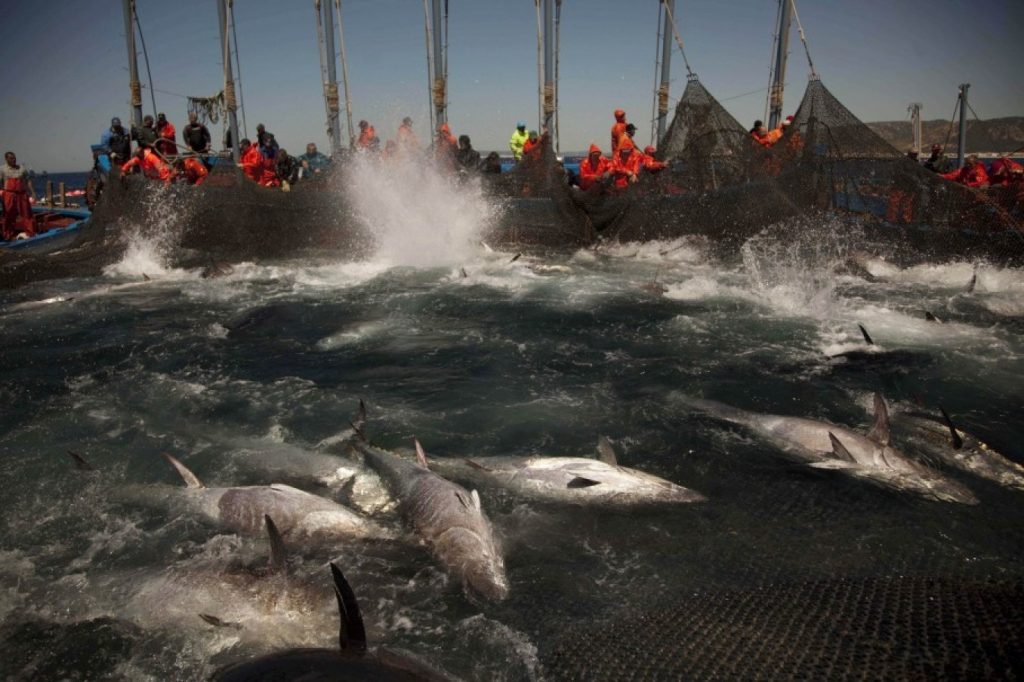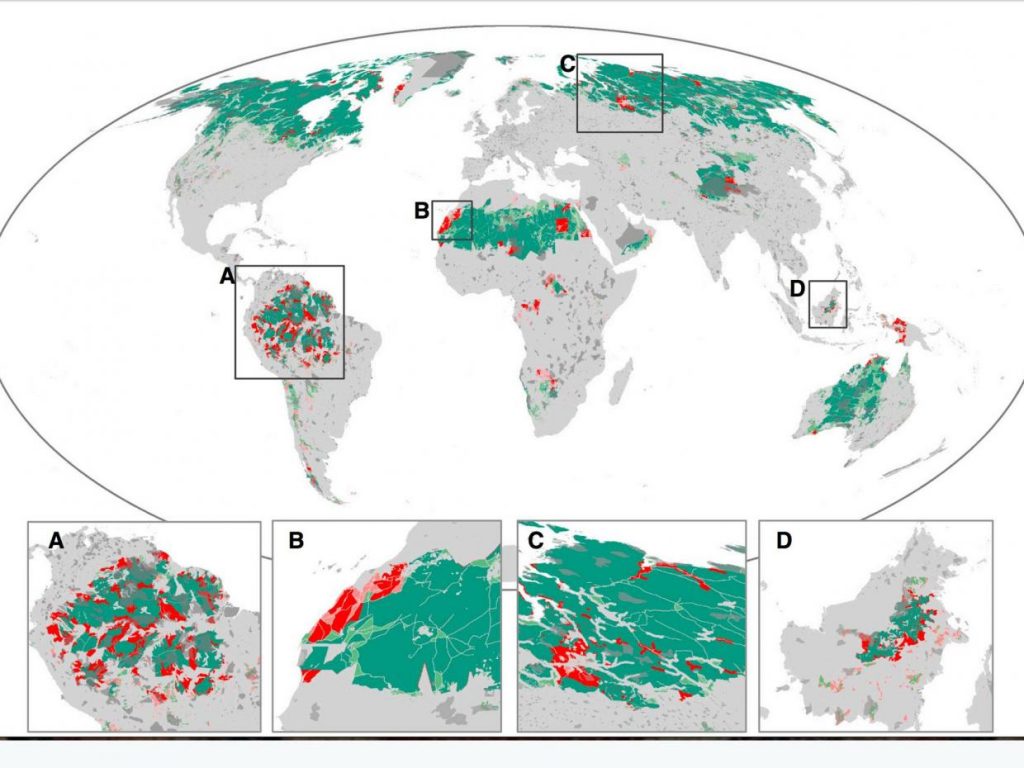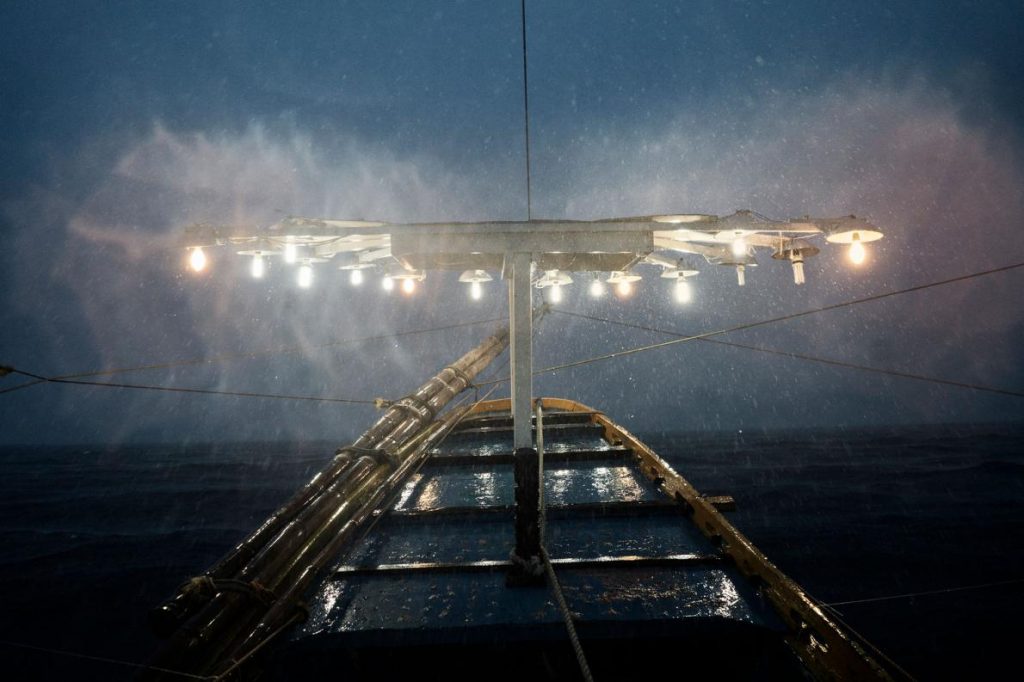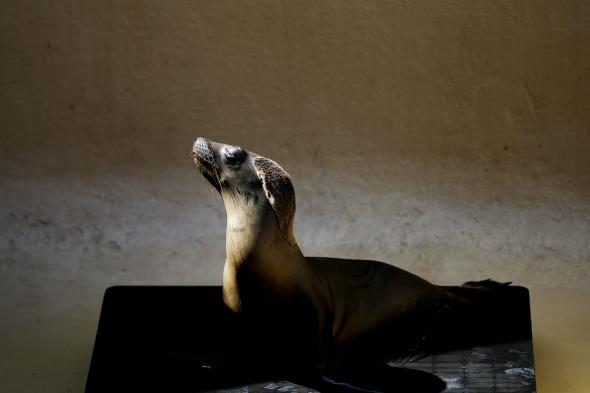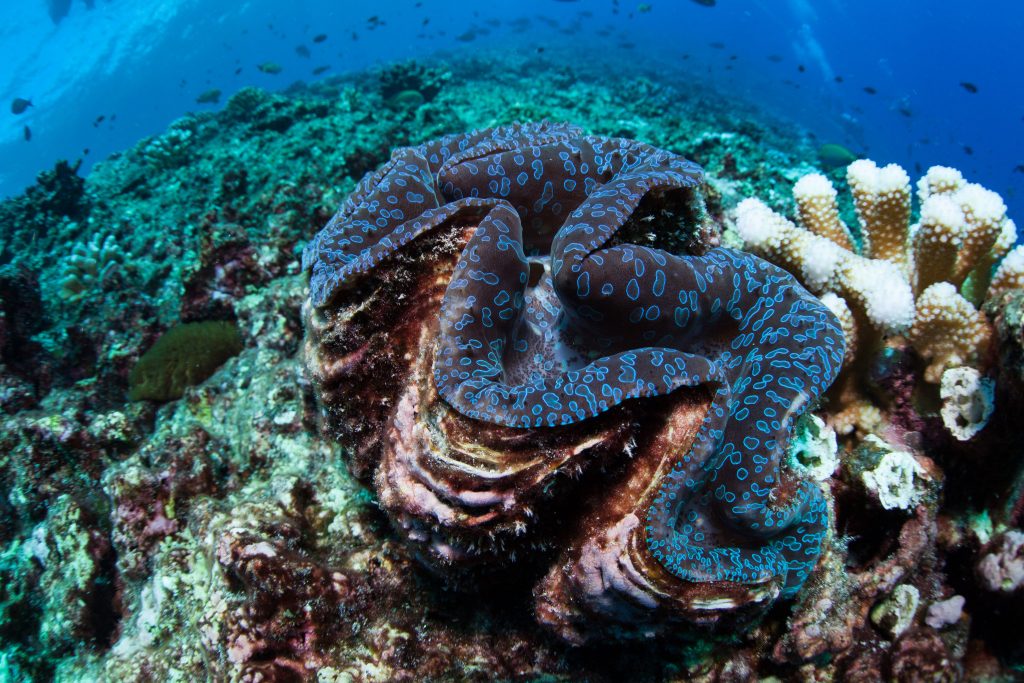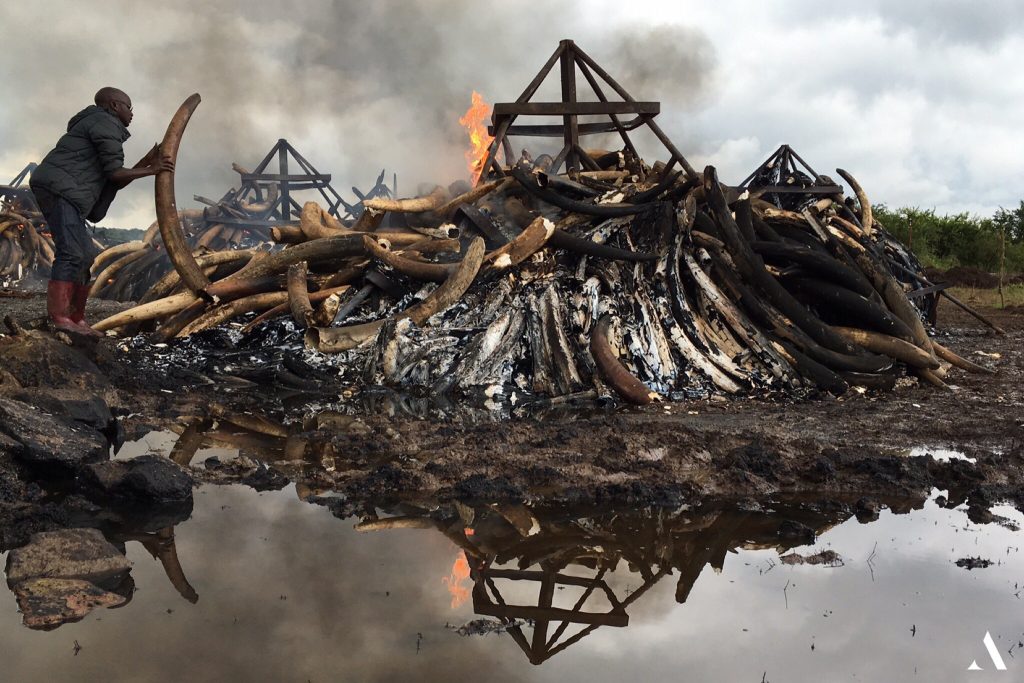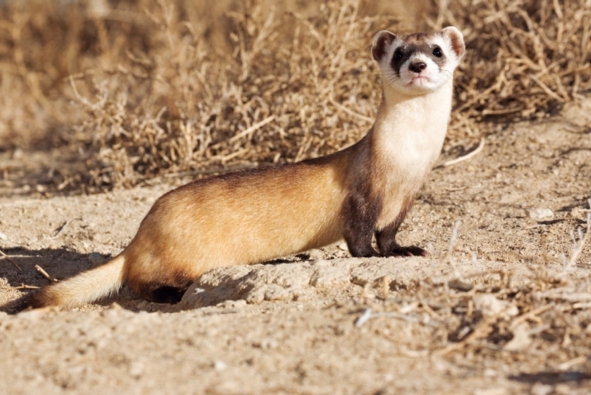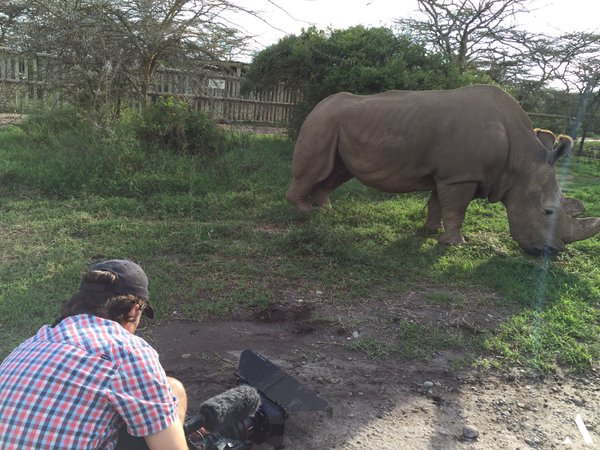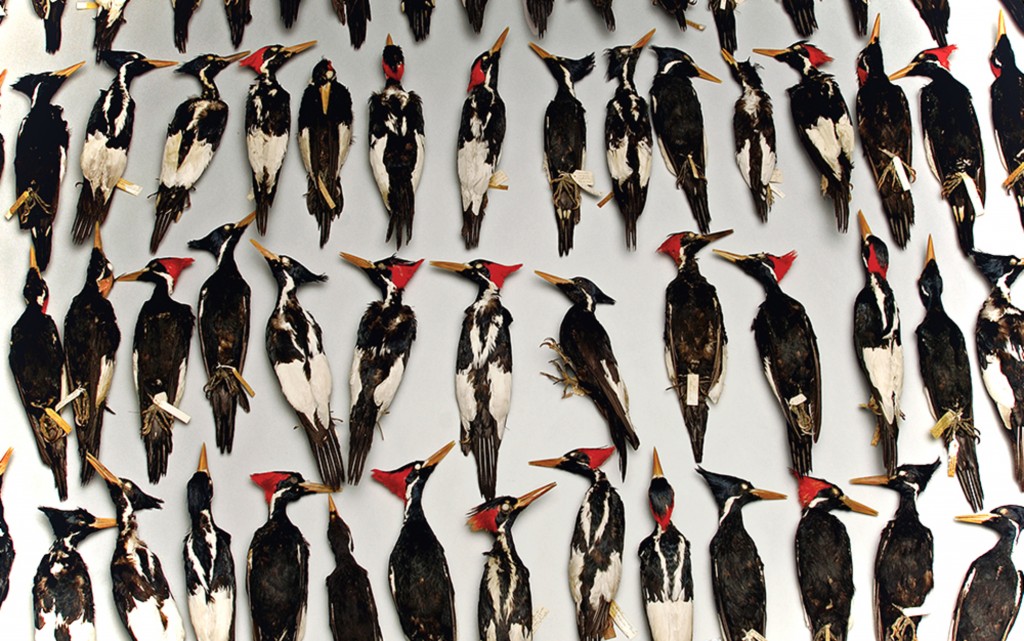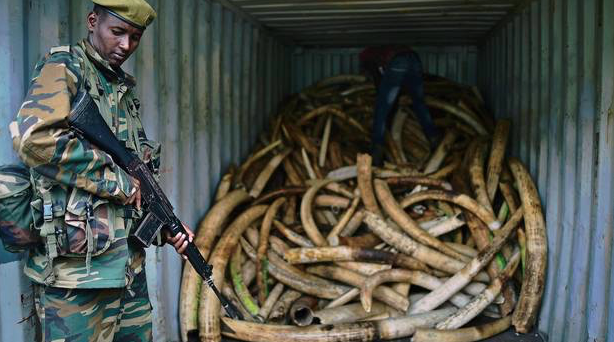Posts Tagged ‘wildlife’
Alaska’s Permafrost is Melting
By Henry Fountain | The New York Times YUKON DELTA NATIONAL WILDLIFE REFUGE, Alaska — The Arctic is warming about twice as fast as other parts of the planet, and even here in sub-Arctic Alaska the rate of warming is high. Sea ice and wildlife habitat are disappearing; higher sea levels threaten coastal native villages. But…
Read MorePrimates face mass extinction by mid-century, scientists warn
By Ivan Semeniuk | The Globe and Mail Primates are now so threatened by human activity that the group is heading for “a major extinction event” by the middle of this century, scientists warn. The grim forecast comes from a global assessment of all known species of primates, the mammalian order to which humans belong and whose members…
Read MoreWhat the ‘sixth extinction’ will look like in the oceans: The largest species die off first
By Chris Mooney | The Washington Post | September 14, 2016 We mostly can’t see it around us, and too few of us seem to care — but nonetheless, scientists are increasingly convinced that the world is barreling towards what has been called a “sixth mass extinction” event. Simply put, species are going extinct at a rate…
Read MoreWilderness land set to disappear from planet by 2100 as humans move in
By Ian Johnston | Independent | September 8, 2016 A tenth of the world’s wild land – an area equivalent to half the vast Amazon basin – has been lost in just two decades in an “alarming” trend that requires urgent action on an international scale, experts have warned. At the current rate of decline there will be no…
Read MoreOne of the World’s Biggest Fisheries Is on the Verge of Collapse
By Rachael Bale | National Geographic | August 29, 2016 PUERTO PRINCESA, PHILIPPINESYears ago Christopher Tubo caught a 660-pound blue marlin in the South China Sea. The fishing was good there, he says. Tuna fishermen would come home from a trip with dozens of the high-value fish as well as a good haul of other species.…
Read MoreOcean Slime Spreading Quickly Across the Earth
By Craig Welch | National Geographic | August 19, 2016 When sea lions suffered seizures and birds and porpoises started dying on the California coast last year, scientists weren’t entirely surprised. Toxic algae is known to harm marine mammals. But when researchers found enormous amounts of toxin in a pelican that had been slurping anchovies, they decided to…
Read MoreGiant Coral Reef in Protected Area Shows New Signs of Life
By Karen Weintraub | The New York Times | August 15, 2016 In 2003, researchers declared Coral Castles dead. On the floor of a remote island lagoon halfway between Hawaii and Fiji, the giant reef site had been devastated by unusually warm water. Its remains looked like a pile of drab dinner plates tossed into the…
Read MoreWorld Elephant Day
It's #WorldElephantDay & we are remembering the @kwskenya Ivory Burn as a powerful statement against the ivory trade pic.twitter.com/bL4sLzJKpG — Anthropocene Film (@anthropocene) August 12, 2016
Read MoreDo the World’s Three Remaining Northern White Rhinos Have a Future?
By Rachel Nuwer | PBS NatureNOW | July 28, 2016 Sudan is the last of his kind on Earth. He just looks like a rhino. But as his keeper will quickly inform you, he is one of just three northern white rhinos remaining on the planet. The other two, a mother-daughter pair named Najin and Fatu,…
Read MorePODCAST: The Survivor
By Leslie Chang | Generation Anthropocene | July 26, 2016 The solenodon: a venomous, shrew-like mammal, found only in the Caribbean, that has survived for millions of years by hiding underground. Even the meteor that wiped out the dinosaurs 66 million years ago couldn’t kill this hardy little creature. But after surviving for so long, after…
Read MoreDe-Extinction in Action: Scientists Consider a Plan to Reinject Long-Gone DNA into the Black-Footed Ferret Population
By David Biello | Scientific American | August 1, 2016 In 1987 only 18 black-footed ferrets were known to exist, but thanks to captive breeding and intensive management, the animals are a few hundred strong now. Yet like many species that bounce back from such small numbers, all the individuals are basically half-siblings—genetic near clones, with…
Read MoreAfrican wildlife officials appalled as EU opposes a total ban on ivory trade
By Andrew Nelsen | The Guardian | July 6, 2016 Wildlife officials in nearly 30 African states say they are appalled by an EU decision to oppose a comprehensive global ban on the ivory trade. In a position paper released on 1 July, the European commission said that rather than an all-encompassing ban it would be better to encourage…
Read MoreSpending Some Time at Ol Pejeta
Spending some time at @OlPejeta with Sudan, the last remaining male northern white rhino. pic.twitter.com/W8HUdJj8ih — Anthropocene Project (@anthropocene) May 4, 2016 Learn more about the Northern White Rhinos at Ol Pejeta, HERE.
Read MoreESSAY: Ghosts and tiny treasures
By Bryan Pfeiffer | Aeon Ten years ago this spring, in the darkness before dawn, I switched on my headlamp, dialled in my compass, and set forth into a chilly Arkansas swamp. Dressed head to toe in camouflage and lugging an arsenal of camera gear, I wandered alone that day through lowlands of oak, cypress and sycamore,…
Read MoreKenyan Wildlife Authorities Prepare to Torch Ivory to Deter Poaching
By Ben Curtis | The Globe and Mail | April 4, 2016 Kenyan wildlife authorities Monday started moving at least 105 tons of ivory and one ton of rhino horn in preparation for the torching of the items at the end of the month to discourage ivory and rhino-horn trade believed to be fuelling poaching of…
Read More
